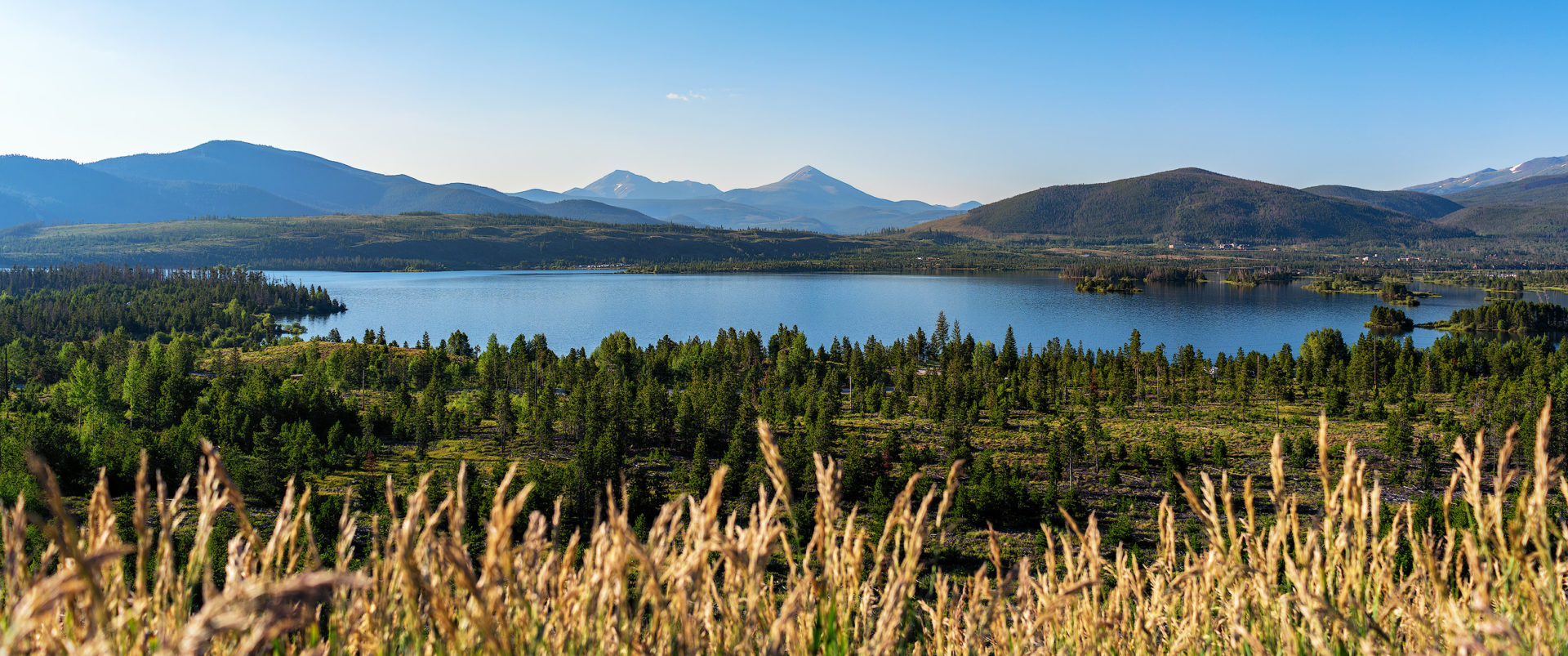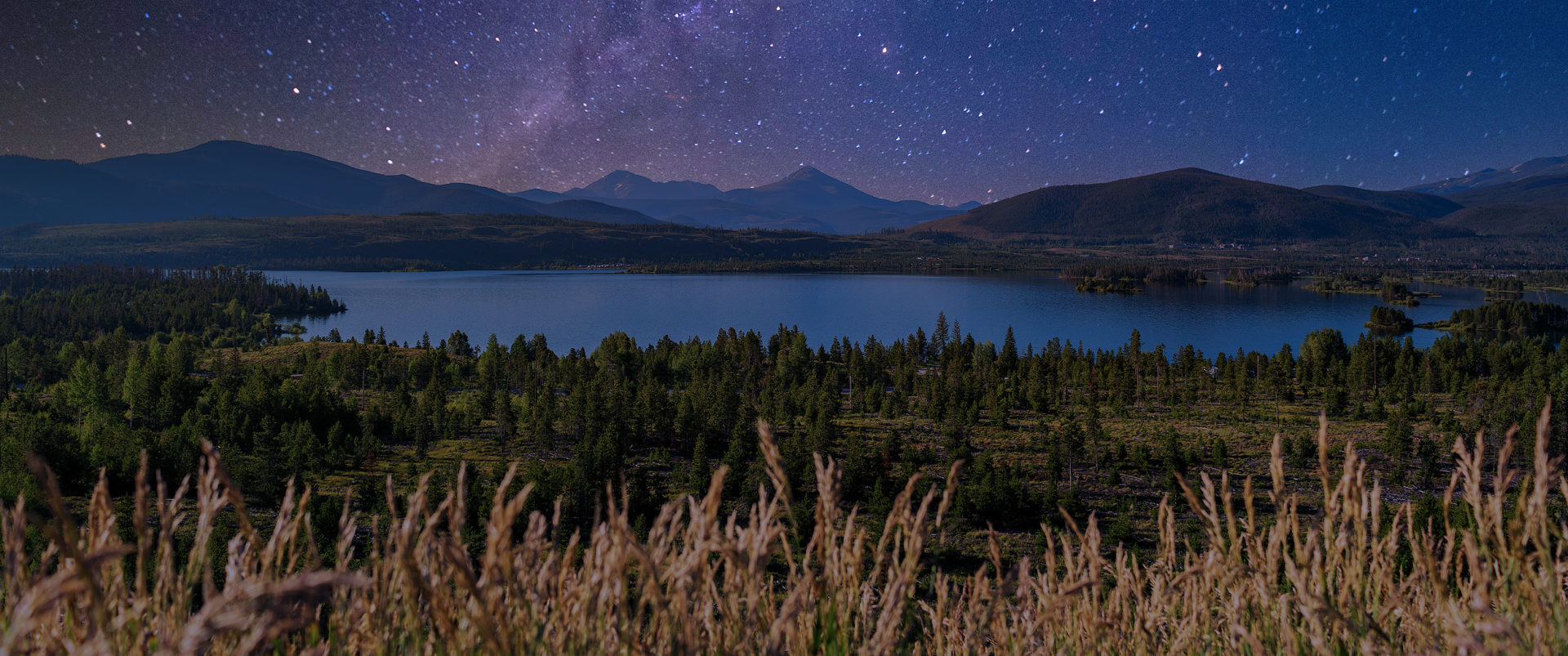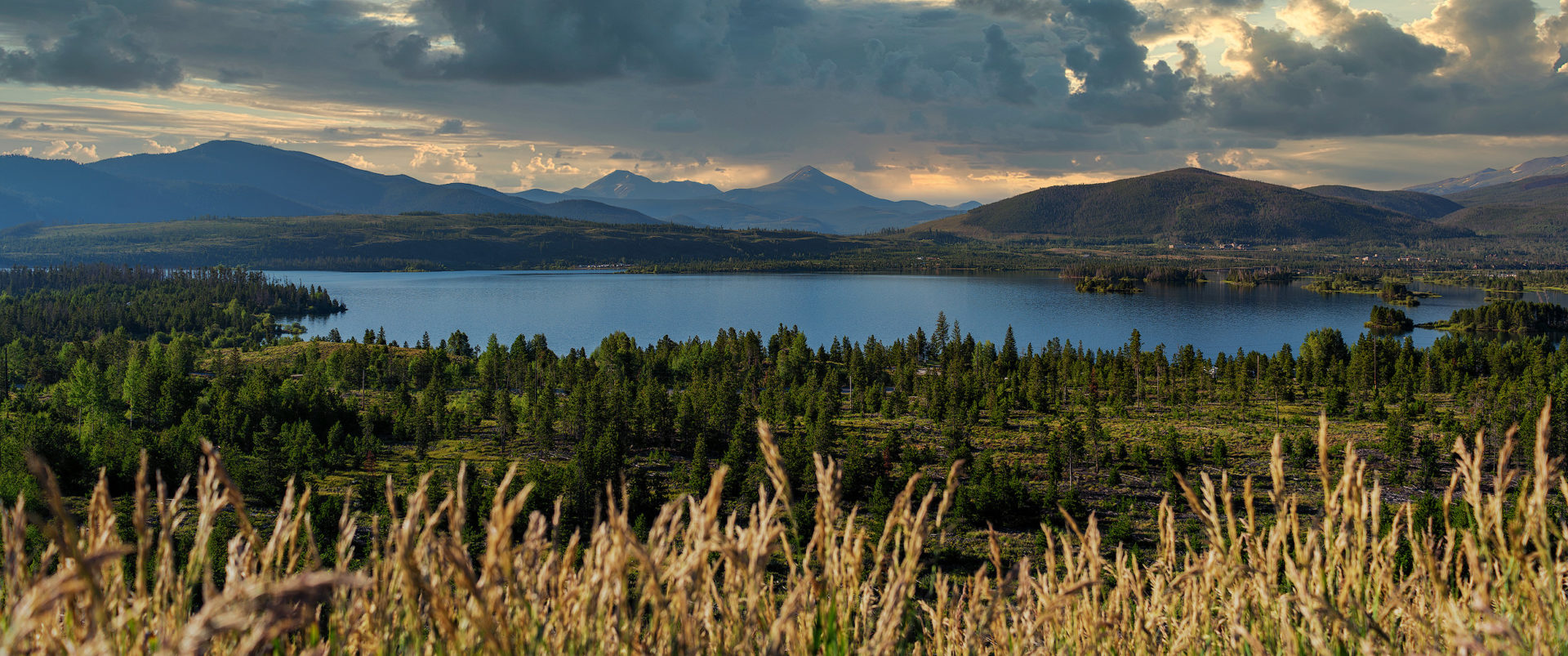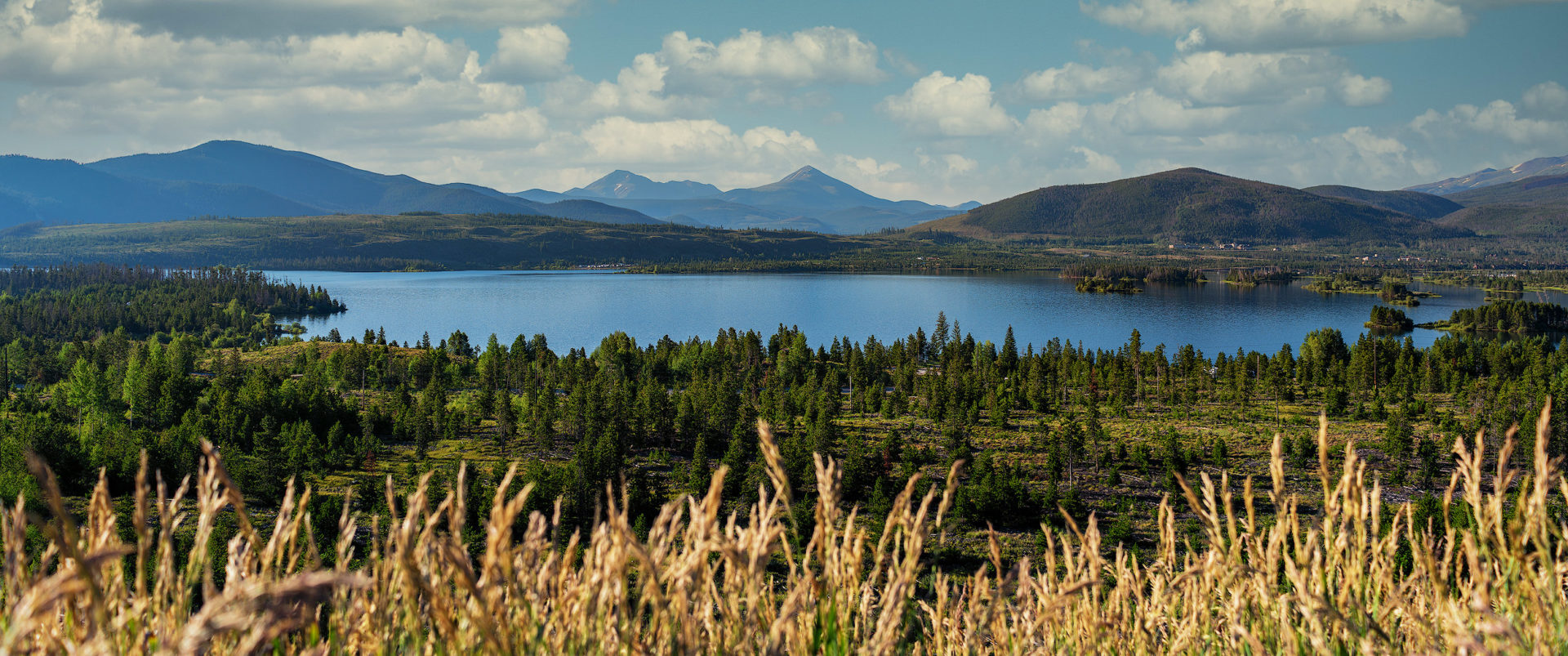
The photo above [Location] is the original photo I took. It’s from a scenic overlook at Dillon Reservoir near Breckenridge, Colorado. It was a crystal clear morning in July. With the simple click of a button and a move of a few sliders in Luminar 4, the skies in the images shown below were instantly changed. Not slightly. Dramatically. And the entire scene’s lighting was impacted as well. Not that long ago, this would have been a laborious task in Photoshop. Each of these variations took less than 30 seconds to produce, including high-res export.

This is how far artificial intelligence has come in being able to automatically identify the difference between land and sky and properly mask and position alternate skies. My bet is that if I had not shown the original image above, it would be difficult to tell these were not the real sky at the time of this shooting. Well… except for the starry sky above. Anyone paying attention here will know I’m not that good at night photography. Yet.

Personally, outside this test, I have no desire to use this part of the software. It’s only been out a while and already I’m able to tell when it’s been used, like the Starry Night 1 sky replacement used on this image, and this image. I want to learn how to capture a sky so powerful other people want to use it on their images. 🙂


100% OF PROFITS FROM PHOTO SALES ARE DONATED TO YOUTH TRACK & FIELD PROGRAMS!
EXIF Data Below Applies Only To The Featured Photo In This Post